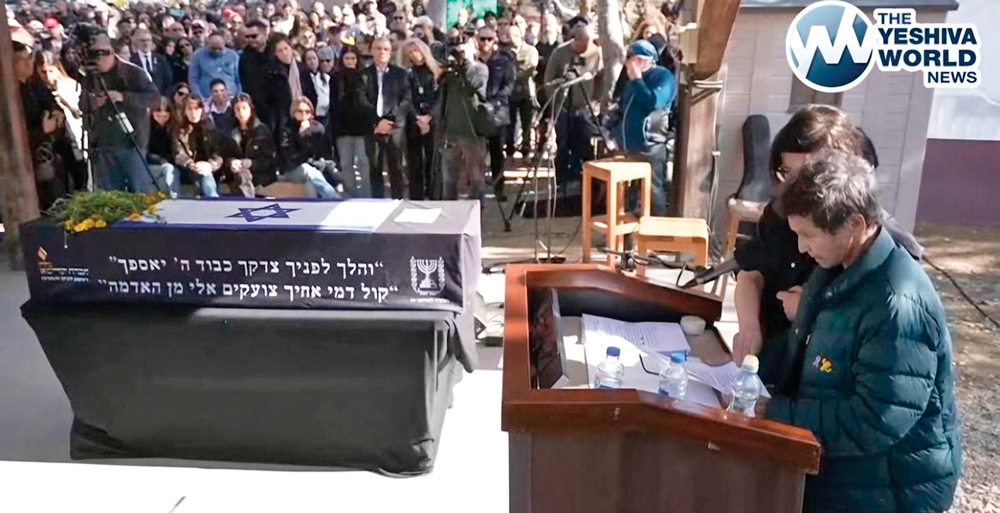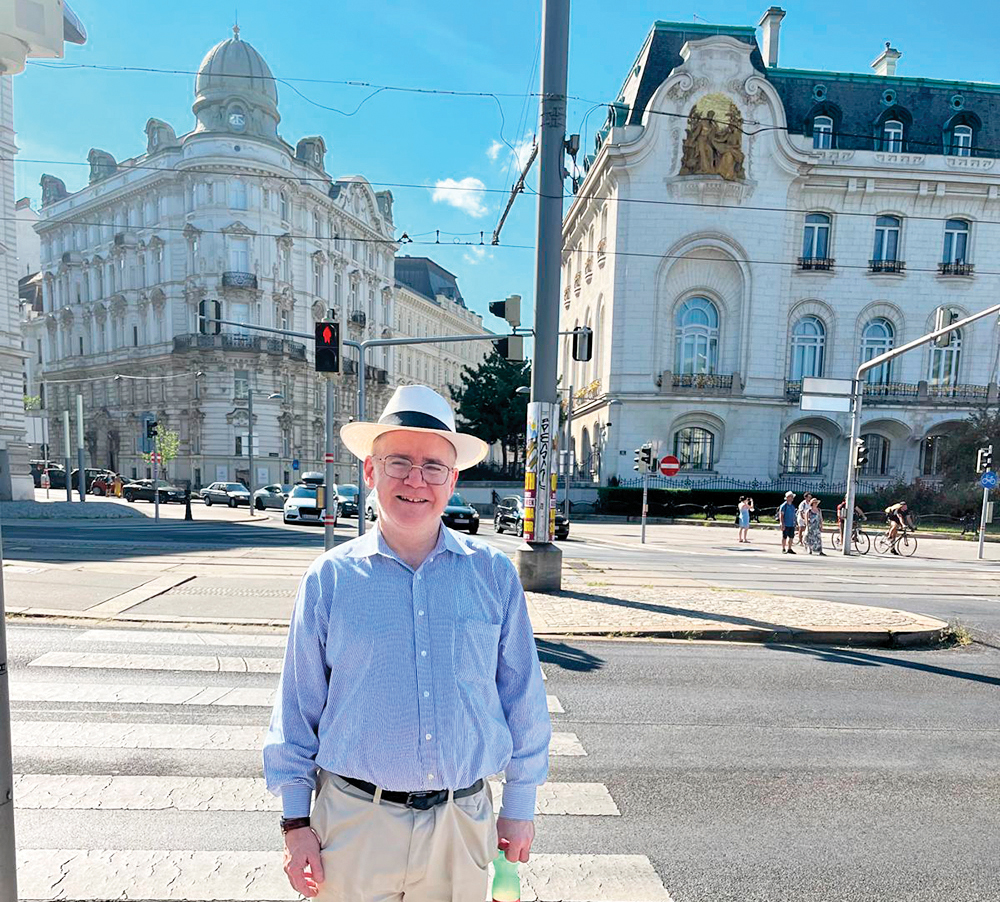

Since 1976, when Steven Spurrier—the tastemaker British wine writer who passed away March 9 at age 79—first hand-selected wines from California for a Paris tasting honoring America’s bicentennial, the name Stag’s Leap has been synonymous with the very best available American wines.
The “Judgment of Paris,” as that tasting became known, resulted in nine French wine critics awarding first place, in a blind contest, to the 1973 Stag’s Leap Wine Cellars Cabernet Sauvignon. The Napa Valley wine surpassed storied French wines such as Mouton-Rothschild, and is widely considered to be the most stunning upset in wine history. History repeated itself during a reprisal of the tasting in 1978, when the 1973 wine again won the tasting. The story was immortalized in the incredible 2006 book, “Judgment of Paris,” by George Taber, who was the sole reporter at the Paris tasting.
Even within Napa Valley, a wine growing region with 16 sub-appellations (known here as AVAs, or American Viticulture Areas), the Stag’s Leap district is considered unique. The combination of volcanic and gravelly soils produce fruit known for full-flavored intensity and lengthy, round finishes. A long, temperate growing season, with early morning heat and breezy evenings, creates an ideal balance for the cabernet sauvignon grape. In fact, Stag’s Leap was the first location where the now-ubiquitous grape was planted in the United States by Nathan Fay on the Silverado Trail, shortly following Prohibition.
“The customer understands that this is not a gimmick,” said Joseph “Motty” Herzog, VP of Herzog Wine Cellars based in Oxnard, California, as he described his latest passion project, the Generation IX by Herzog 2018 Cabernet Sauvignon Stag’s Leap District. “This is the most expensive fruit that the Herzog family has ever paid for,” he told The Jewish Link.
The Generation IX name stands for the ninth generation of the Herzog family, which has been making wine for hundreds of years, the last 70 of which have been in America. Joseph Herzog is a member of the eighth generation, so the next generation honors his children. The “Generations” series are among the winery’s most select, flagship wines.
Herzog explained that Stag’s Leap name means a great deal to newly kosher-keeping community members. “People who came from the world of fine dining and wine, baalei teshuva somehow always felt they were giving up something to drink only kosher wines. Even though there were Napa cabs, and Alexander Valley, it was somehow not the very top. That is changing now. We have Stag’s Leap.
“It’s the first time we’ve had something like this,” he said.
“Stag’s Leap district is small. It’s a hundred and some acres.” The soil and microclimate make the wine taste distinct from other areas even very nearby, he explained. Herzog added that of all the appellations in Napa, the No. 1 area is considered the To Kalon district in Oakville, which includes the famed Mondavi and Beckstoffer vineyards (the second of which comprised Herzog Generation XIII). Stag’s Leap is a close
second.
Herzog explained that Herzog Wine Cellars made a To Kalon wine in 2006 and 2008, and the Stag’s Leap project grew from that. “To use Beckstoffer grapes from To Kalon, we paid $25,000 per ton, plus royalty to use the Beckstoffer Vineyard name.” He added that a perennial favorite, the Herzog Special Reserve Lake County, uses fruit from a Beckstoffer vineyard as well.
Herzog said that he has been working on the Stag’s Leap project since 2009. “The wine and grape business are definitely businesses, but it’s still very much about who you know and what you know. It is all about relationships. This is a very big non-kosher wine company and just today he told me flat-out that he doesn’t have any grapes for me and they will not have any to sell for 2021. But then I reminded him about the last three years he sold me of Stag’s Leap, Oakville, Rutherford. Baruch Hashem, we have a great name out there and we make a kiddush Hashem wherever we operate,” he said.
The Stag’s Leap project is expected to run for at least three vintage years. The 2018 wine was included as part of a sample tasting set for the Kosher Food and Wine Virtual Experience that took place on February 18. It created a stir because just a single pour of it communicated a smooth, velvety, easy-drinking experience.
“We were not ready to release the Generation IX until we had continuity, at least three years. You tasted the 2018; we have 2019 in the barrels; and 2020, which we picked before the [Napa] fire. The fruit was picked literally a couple of days before the fire and it was in a refrigerated truck on the way here as the fires were happening,” Herzog said, referring to the 2020 summer wildfires that consumed many of Napa Valley’s grapes before harvest, and smoke-tainted many more.
The 2018 wines are already almost all gone; as bottles reached stores last month they were already reserved, even at the premium price of $249.99, though it was seen this week on shelves in FillerUp Wines in Teaneck and ShopRite of Englewood. “We produced only 532 six-packs; that’s 3,120 bottles,” said Herzog. It might have been a few hundred more bottles, but Herzog said their winemaker, Joe Hurliman, nixed an entire barrel that he felt was not up to quality. “The Herzogs made the call to bring in the highest quality of grapes, but the final product is still up to the winemaker,” he said. The 2019 and 2020 vintage might be a little larger, assuming that all the barrels pass Hurliman’s muster.












